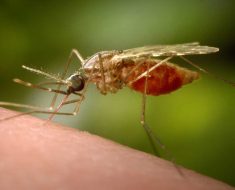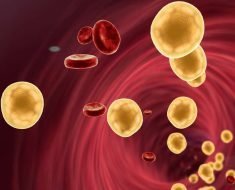The researchers found that Andean snow has less than 14 nanograms of black carbon deposits per gram of snow in at least some regions.
A new study has found that the snow in certain parts of the Andes mountains is as pure as the snow found in Alaska and the Canadian Arctic.
The findings were based on hundreds of tests across the famed South American mountain range, which spans several countries and extends approximately 4,300 miles, as reported by Phys.org. These tests were conducted by a team led by Santiago University researcher Raul Cordero, which sought to determine the levels of black carbon deposits in the Andean cryosphere, or certain frozen parts of the mountain range.
In a statement, Cordero remarked that the snow in the Andes is comparable in purity to the snow in Alaska and the Canadian Arctic, with less than 14 nanograms of soot per gram of snow. No specific region was given, but a 2015 study led by Carl Schmitt of the National Center for Atmospheric Research and published in The Cryosphere suggested that black carbon levels in the Northern Andes, specifically in the Cordillera Blanca Mountains in Peru, reached levels of up to 70 nanograms per gram of snow. This could hint that most of the tests Cordero’s team had conducted were done elsewhere in the mountain range.
“The concentration of black carbon deposits found in the Andean snow implies a reduction in the reflectivity or albedo of the snow of less than 2.0 percent,” Cordero’s statement read.
According to Phys.org, albedo is the metric used in measuring light reflectivity, and is typically at its highest in some of our planet’s coldest locations. If the snow in a certain area is clean with a high albedo, that means the sun’s energy is mostly reflected, rather than absorbed, allowing the snow to take a longer time to melt. Albedo levels, on the other hand, can be lowered by black carbon, or soot deposits, which can be created when wood or fossil fuels are burned. This results in darker, more impure snow that tends to melt faster.
Contrary to the clean, pure snow in parts of the Andes that were tested for soot levels, snow and ice in other frozen parts of the world, such as Greenland, has been reported as being darker, with higher soot concentrations. In 2014, National Geographic cited a study which, at that time, suggested that soot levels in Greenland were noticeably higher than they were five years prior, causing its ice sheets to darken and melt faster. The researchers behind that study warned that the continued darkening of Greenland’s ice sheets could lead to greater levels of sea level rise toward the end of the current century.
Although Cordero stressed that his team’s research cannot justify the reduced snow cover in the Andes and the retreat of glaciers in the mountain range, the new study could be helpful in helping scientists predict snow and ice melt rates, two important metrics that affect the rates of global sea level rise.
Source: Read Full Article





